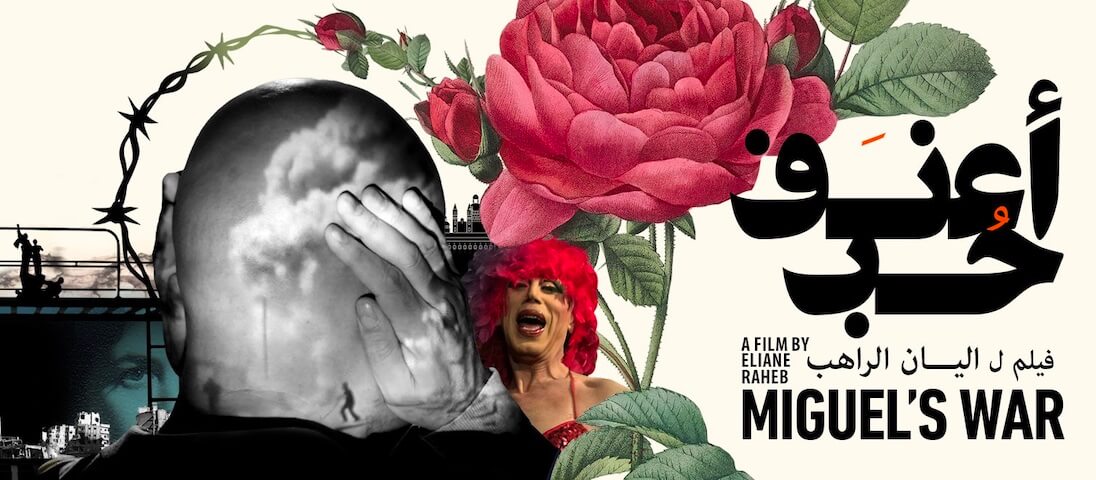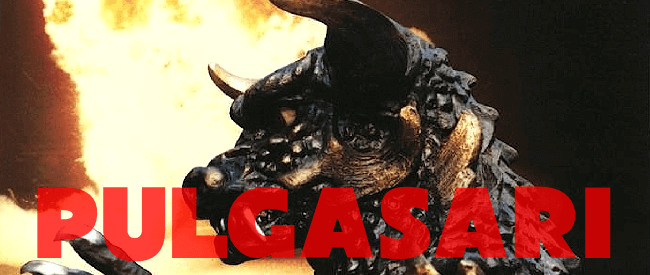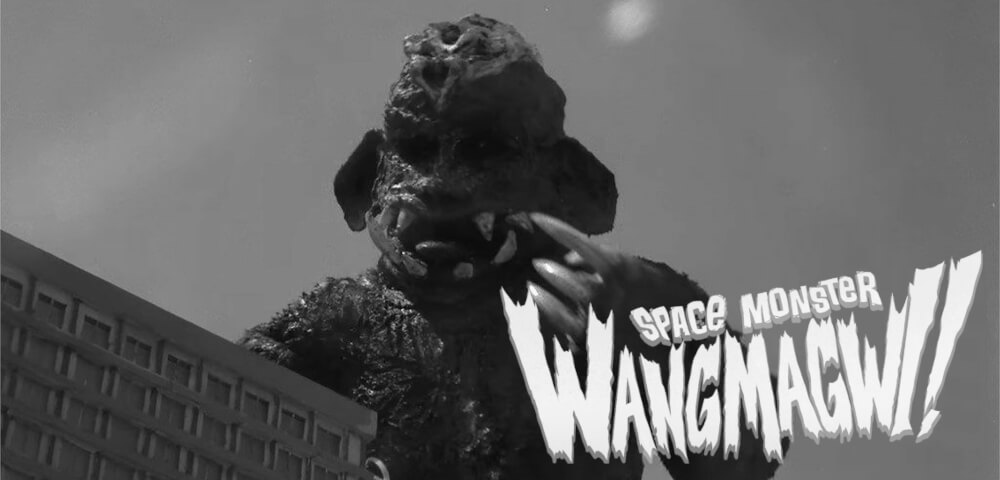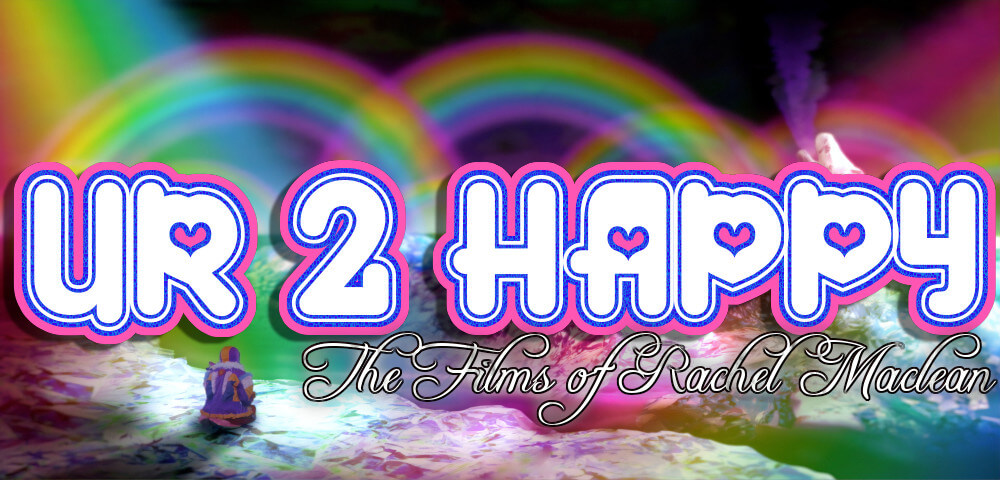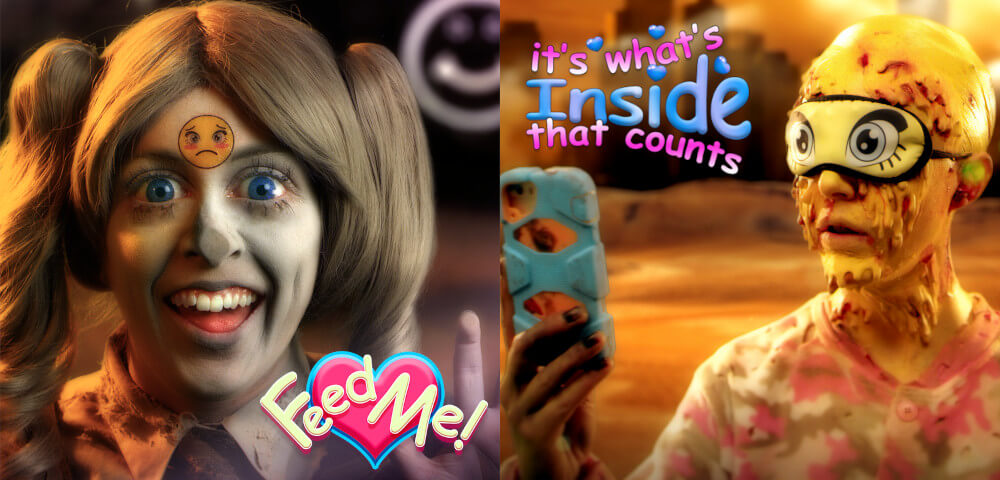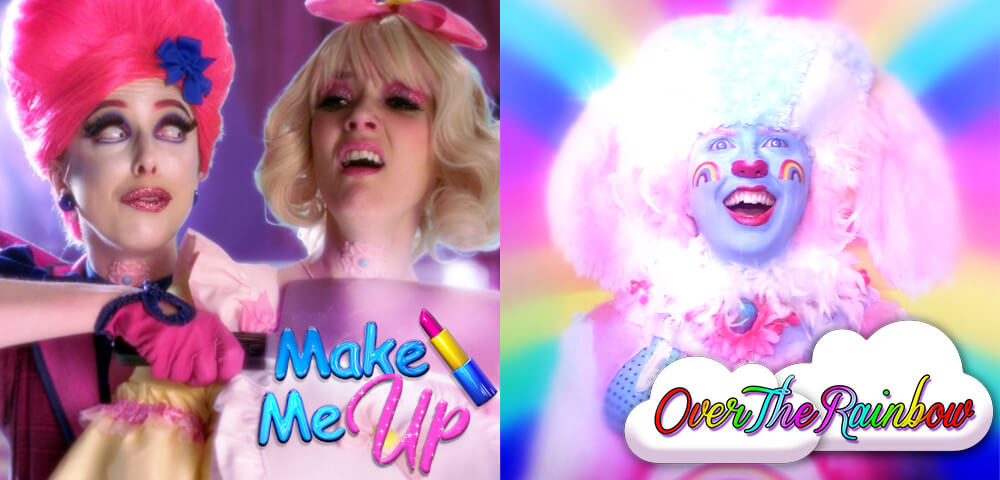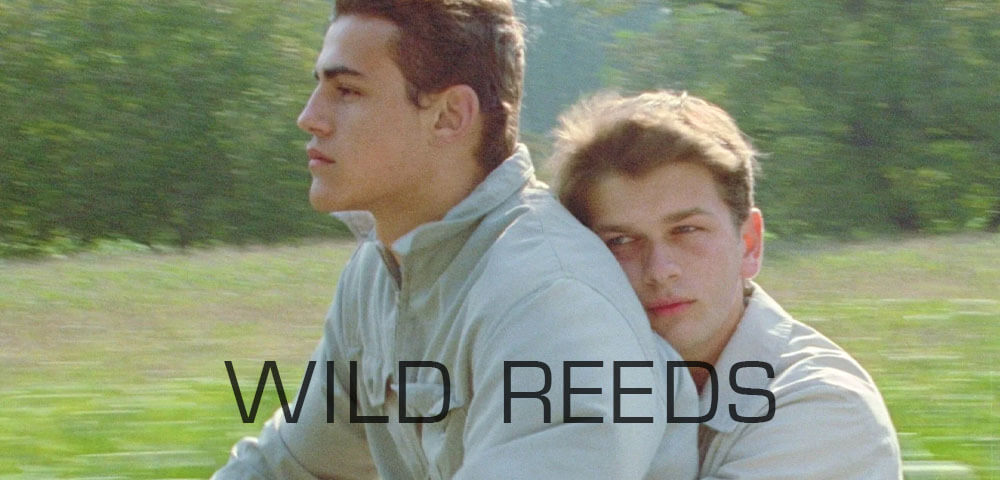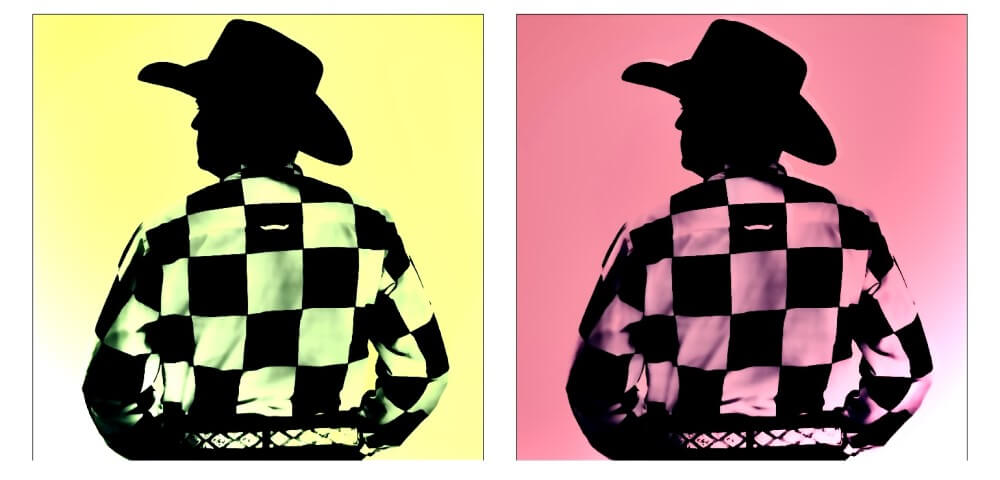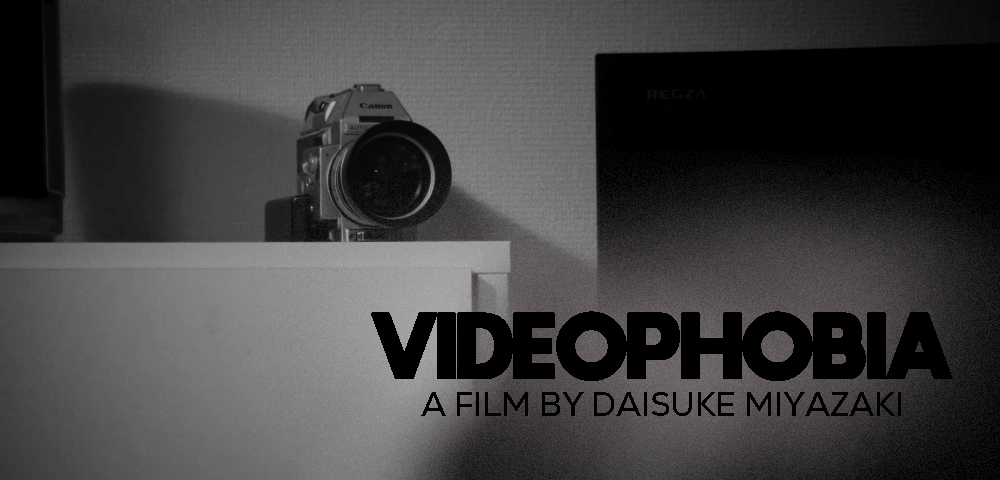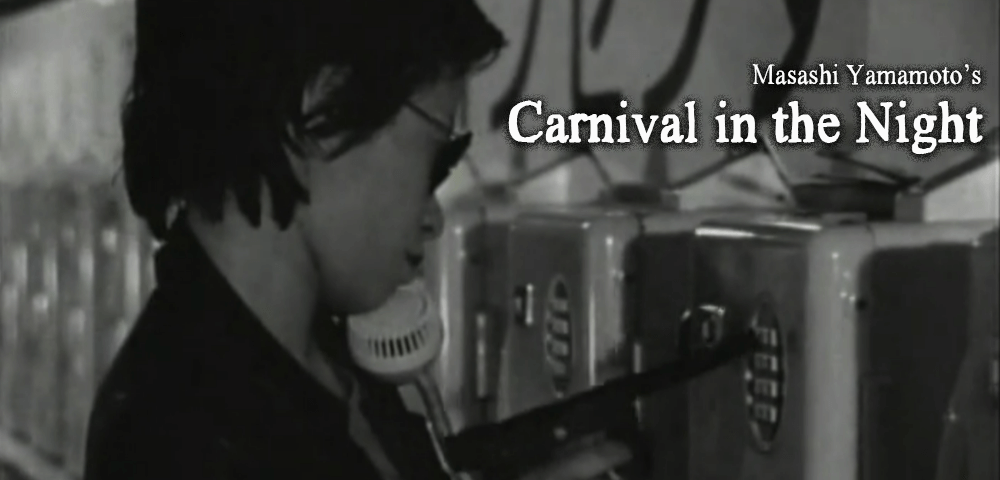As the weather warms up and the days get longer, what better way to spend an afternoon (and more) than in the company of a Lav Diaz movie? Rarely seen in U.S. theaters since the breakthrough success of NORTE: THE END OF HISTORY and THE WOMAN WHO RAN, the films of Lav Diaz are often more heard about than watched. This spring we’ll be rectifying this situation by presenting a few of Lav Diaz’s most recent films that have yet to find their way in front of a New York audience.
To start things off, join us March 25th for a screening of Diaz’s 2014 Locarno Golden Leopard winner FROM WHAT IS BEFORE. Following that we’ll be showing HISTORY OF HA (2021) in April, GENUS PAN (2020) in May, A TALE OF FILIPINO VIOLENCE (2022) in June, and capping the series off with a special screening of BATANG WEST SIDE (2001) in August with Lav Diaz in-person!
</>
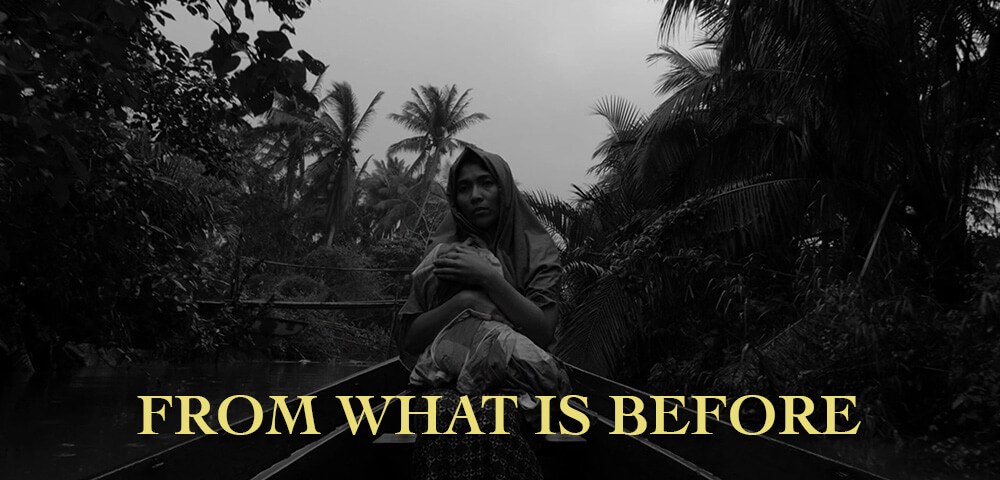
FROM WHAT IS BEFORE (Mula sa Kung Ano ang Noon)
dir. Lav Diaz, 2014
Philippines. 338 min.
In Filipino with English subtitles.
“Locarno Golden Leopard winner Lav Diaz’ From What Is Before is the chronology of a mass murder. It’s the anatomy of a barrio in the rural remoteness of Manila’s coast, and a reflection on individual and collective strength and failure when outward conditions change. It’s an associative analysis of a society’s default settings. And it’s topical.
The historical backdrop for Diaz’s film is a series of mysterious, violent incidents—killings, disappearances—around Manila in the early 1970s, two years before Marcos proclaimed his military dictatorship. Today, it is considered self-evident that the mysterious bombings of that time were part of a strategic plan conceived by the Filipino military to lay the groundwork for the installment of Marcos’ regime. They were intended to stir anxiety among the population, especially in the rural areas, to make them desirous of a saviour, even a dictator, just to regain their feeling of security. Diaz’s characters don’t have the benefit of hindsight, however, and the film depicts them at the moment of their collective deception.
FROM WHAT IS BEFORE is a striking example of Slow Cinema: over the course of 338 minutes, Diaz creates a narrative in two parts, with the country’s historical cataclysms haunting the events of the first half and culminating in the second. Duration, here, is a tool to contemplate and to let layers emerge. We are gradually introduced to a handful of inhabitants of a small village, an autarkical barrio: cattle tender Sito and his adopted son Hakob; Tony, a wine seller; a priest; Joselina, a severely autistic faith healer, and her sister Itang, who has committed her life to taking care of her; and a nosy and conniving door-to-door saleswoman who—funnily enough—just recently moved into town.”
— Alexandra Zawia, Cinema Scope
</>
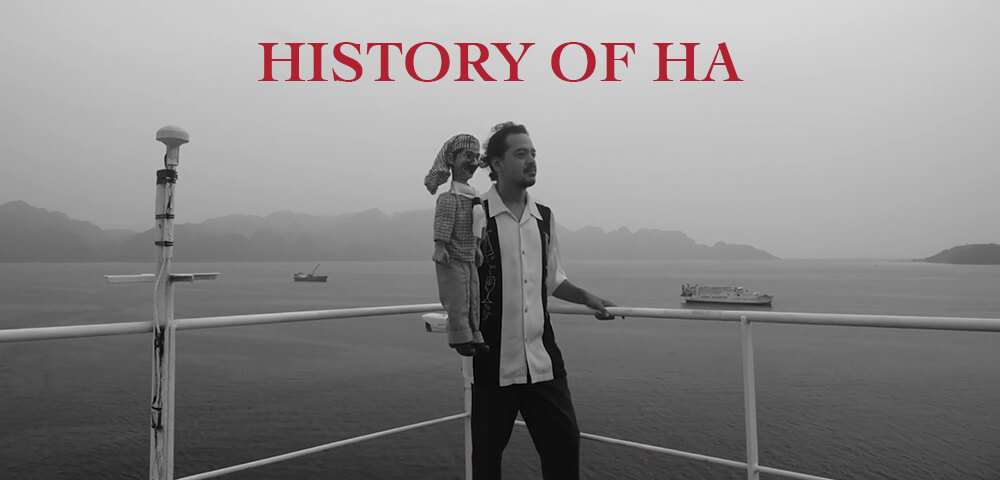
HISTORY OF HA (Historya ni Ha)
dir. Lav Diaz, 2021
Philippines. 276 min.
In Filipino with English subtitles.
Filipino star and Lav Diaz regular John Lloyd Cruz stars in HISTORY OF HA as a heartbroken ventriloquist who communicates mainly through his puppet. Aimless and unsure of his future amid the uncertainty of 1950s philippines, he unites with a nun (Mae Paner), a sex worker (Dolly DeLeon), and a teenager (Johnathan Fransisco) in a journey towards a distant island rumored to be having a gold rush.
“1957. Hernando Alamada, Filipino vaudeville great and a former socialist cadre, fulfills the last leg of his performing tour on the Mayflower cruise ship. He knows that the Philippines is experiencing a bitter transition yet again; the much-loved and popular president, Ramon Magsaysay, suddenly dies in a plane crash. He arrives in his poverty-stricken barrio, his country’s state and future burdening him heavily, and at the same time, a deep personal turmoil confronts him. He plods on an aimless journey.
Akin to the Filipino ‘bodabil’ [Filipino vaudeville], he finds himself on the gate of the theater of the absurd, a descent to burlesque, madness, to stark realities, and, ultimately, an ascent to his own redemption.”
—Lav Diaz
</>
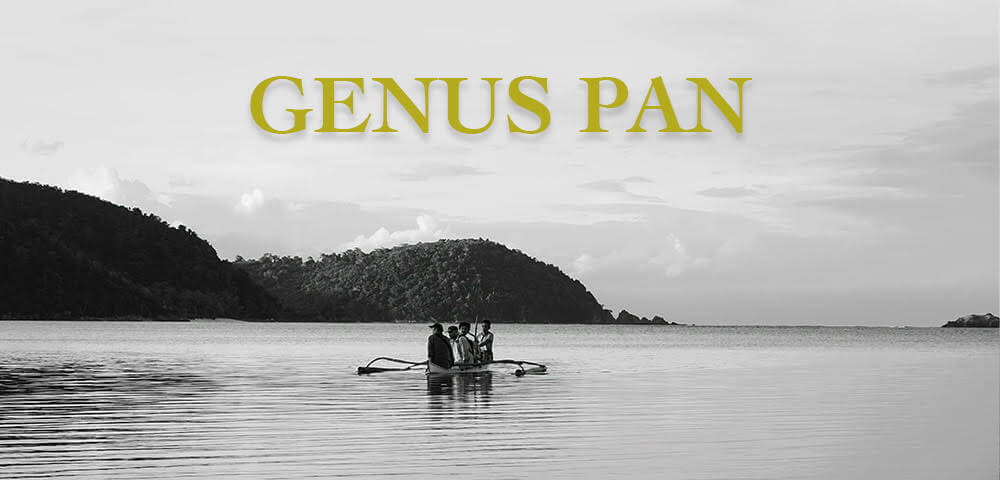
GENUS PAN (Lahi, Hayop)
dir. Lav Diaz, 2020
Philippines. 157 min.
In Filipino with English subtitles.
Three illegal miners journey back to their island after months of toiling in hellish conditions. With their hard-earned money, they traversed the sea, the mountains and the forest until they reached their destination. Or did they really reach their cursed place?
“A rigorous, historical-materialist account of how the specific cruelties of past colonial powers have shaped those in the present, combined with a transhistorical view of human nature that suggests that, for all that the names and occupants of a particular place may have changed over the centuries, very little has in terms of humanity’s propensity for exploitation and abuse.”
—Jesse Cumming, Cinema Scope
</>
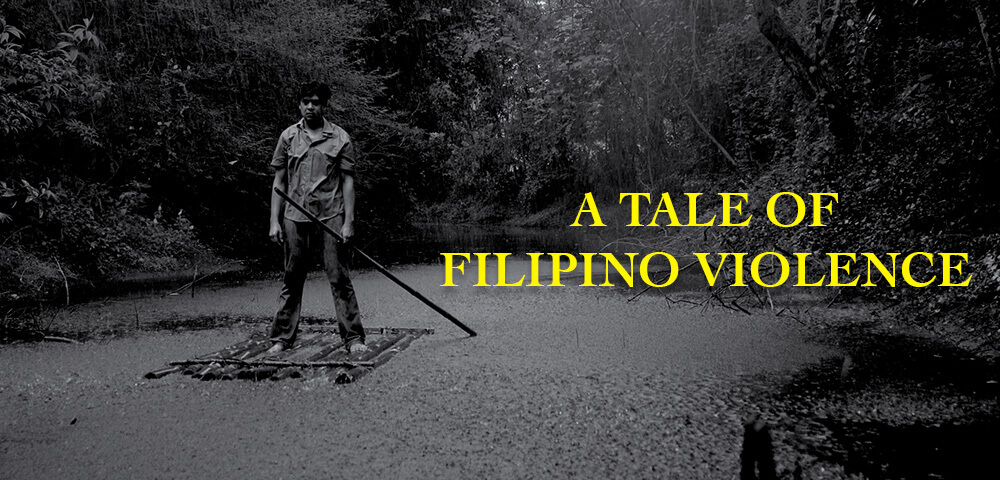
A TALE OF FILIPINO VIOLENCE (Isang Salaysay Ng Karahasang Pilipino)
dir. Lav Diaz, 2022
Philippines. 412 min.
In Filipino with English subtitles.
U.S. Premiere
Concluding our Season of Lav series is the U.S. premiere of one of Lav Diaz’s latest works, A TALE OF FILIPINO VIOLENCE. Reteaming Diaz with frequent collaborator John Lloyd Cruz, the film is a Tolstoyian epic set during the Marcos regime and chronicling the harsh legacies of Filipino history. Spanning nearly seven hours and filled with the languorous long takes and stunning black and white images Diaz is known for, A TALE OF FILIPINO VIOLENCE is the work of one of contemporary cinema’s boldest voices still at the height of his artistic powers.
“With the imminent death of his autocratic grandfather, coinciding with the burgeoning oppressive regime of Ferdinand Marcos, Servando Monzon III, inheritor of the hacienda and businesses of his powerful clan, agonizes on becoming the new feudal lord and capitulating with Marcos’ designs to control the Philippines. He is aware of his clan’s long history of violence; he knows the very violent history of his county; and he foresees a very violent future with the Marcos dictatorship.”
</>
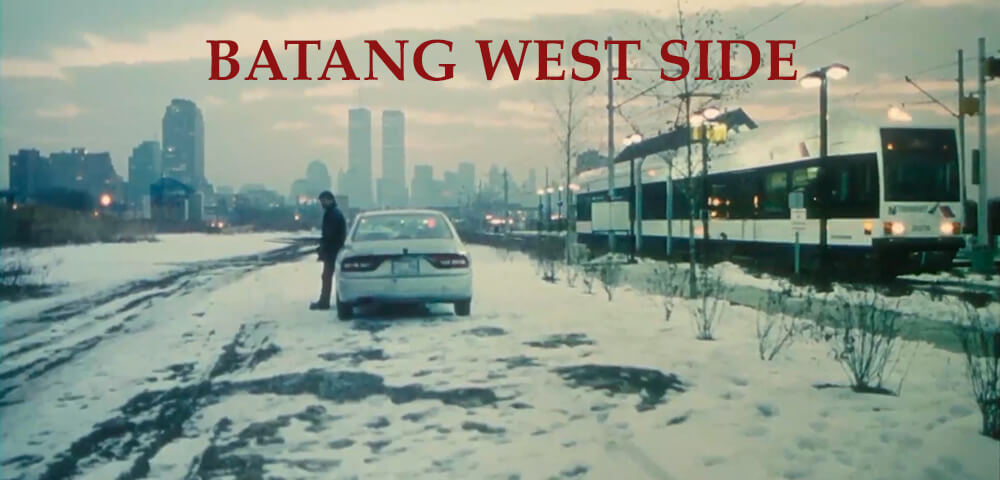
BATANG WEST SIDE
dir. Lav Diaz, 2001
Philippines. 301 min.
In English and Filipino with English subtitles.
ENCORE SCREENING!
SATURDAY, SEPTEMBER 2 – 5 PM (This event is $10)
A landmark work in Lav Diaz’s career that marks the transition between his early, impersonal studio films (BURGER BOYS, NAKED UNDER THE MOON, SERAFIN GERONIMO) and the durational-cinema masterpieces that he is known for, BATANG WEST SIDE has an important and unique place in Diaz’s filmography. Shot in color on 35mm around Jersey City, BATANG WEST SIDE is a noirish police procedural that examines Filipino American immigrant communities and the myriad social and psychological problems they face. Nearly impossible to get a hold of for years, this is an essential work that we’re happy to be able to present as a capstone to our recent Lav Diaz retrospective.

